

— Solutions —
—Products—
 Consumer hotline +8618073152920
Consumer hotline +8618073152920 WhatsApp:+8615367865107
Address:Room 102, District D, Houhu Industrial Park, Yuelu District, Changsha City, Hunan Province, China
Agriculture
Time:2025-11-10 17:45:08 Popularity:302
Vineyards and orchards have strict environmental requirements for water, light, temperature, and humidity. If not properly managed, fruit quality and yield may be significantly affected. Traditional management faces the following issues:
- Soil and microclimate differences across plots make irrigation and fertilization difficult to unify.
- Crop growth relies on manual observation, leading to delayed identification of issues.
- Pest and disease control lacks timely warning systems.
- Data is fragmented, making it difficult to perform comprehensive analysis and optimization across the entire farm.
For example, in a 100-acre vineyard, due to differences in soil moisture, fruit maturity is inconsistent, and some fruits crack, leading to an economic loss of about 10%.

- Uneven soil moisture distribution impacts fruit maturity.
- Topography and soil structure differences lead to drought in some areas and waterlogging in others.
- Manual irrigation fails to match the needs of each orchard area, causing inconsistent fruit maturity and reduced quality.
- Inadequate microclimate monitoring affects sugar content and taste of fruit due to temperature, humidity, and light fluctuations.
- Late discovery of abnormal crop growth such as yellowing leaves, cracked fruits, or diseases.
- Low water and fertilizer management efficiency, causing about 15-25% wastage and increased operational costs.
- Lack of unified data platform, which makes it difficult to optimize farm-wide decisions.
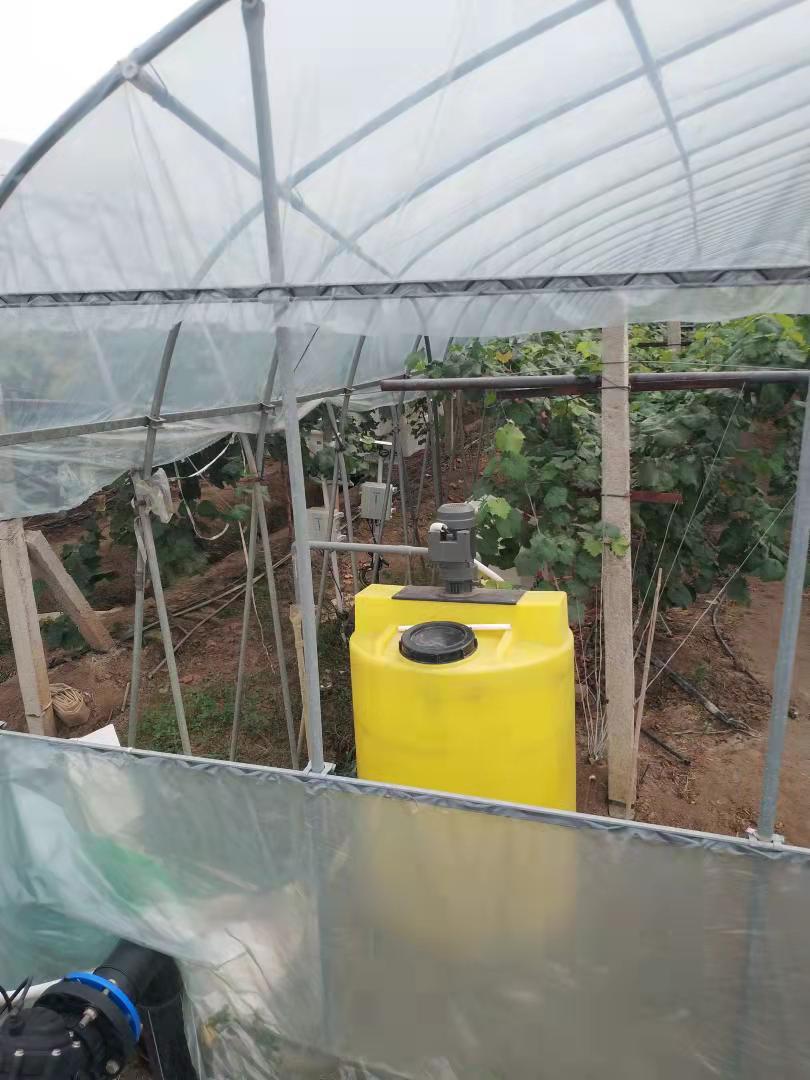
- Soil Sensors (NBL-S-THR/NBL-S-TM/NBL-S-TMC):
Monitor soil moisture, temperature, and EC values to provide accurate data for irrigation and fertilization.
- Weather Station (Niubol Weather Station):
Monitors environmental factors such as temperature, humidity, wind speed, rainfall, and light intensity.
Supports microclimate analysis and optimizes shading, ventilation, and irrigation strategies.
- Automated Valves & Pumps (Niubol IoT Valve & Pump Control):
Automatically adjusts water flow based on soil and weather data for precise irrigation.
- Remote Control, Multi-Plot Coordination:
- Plant Growth Sensors (NBL-Plant Sensor):
Collects growth indicators such as leaf temperature, chlorophyll index, and fruit diameter for growth trend analysis and early pest/disease warning.
- Data Collector/Logger (Niubol Gateway):
Collects data from all sensors and uploads it to the cloud platform for real-time monitoring.
- Cloud Platform & Analytics (Niubol IoT Cloud Platform):
Provides irrigation, fertilization, ventilation, shading, and fruit management recommendations.
Offers historical trend analysis, anomaly alerts, and multi-plot management capabilities.
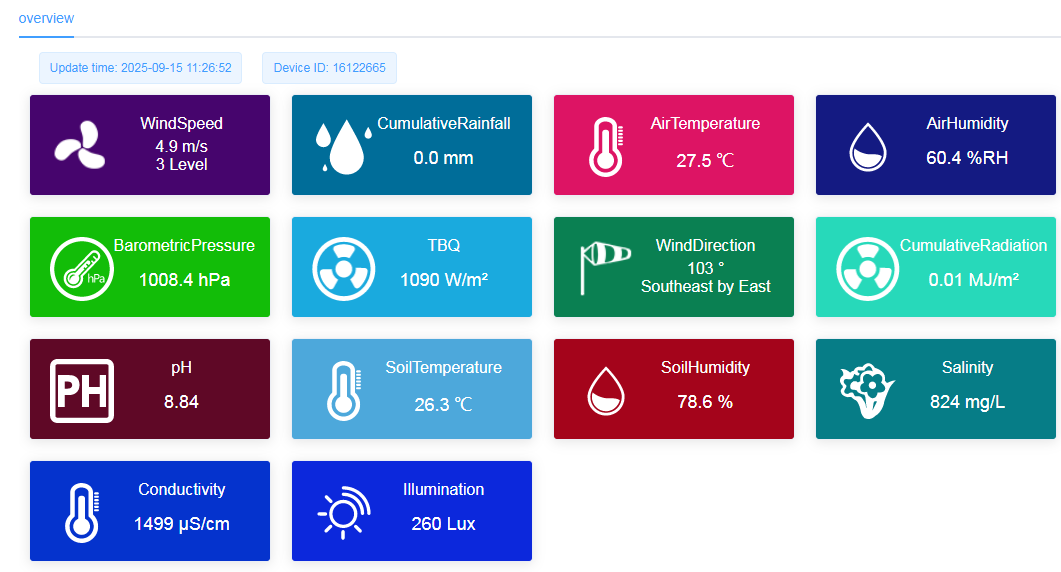
- Mobile App (Niubol Farm App):
Real-time monitoring of crop growth data.
Allows remote operation of irrigation, fertilization, and climate control equipment.
Sends push notifications for anomalies and visualizes historical data.
Survey soil types, topography, and drainage conditions.
Divide orchard into management units based on tree species and growth cycles.
Determine sensor, valve, pump, and weather station placement.
Niubol engineers provide customized layout plans to ensure complete data coverage.
- Soil sensors: Place one every 20-50 meters, covering different soil types.
- Weather station: Install in the center or elevated area for comprehensive climate data.
- Plant sensors: Install on key trees for leaf and fruit growth monitoring.
- Valves & pumps: Connect to the irrigation system for controllable water flow.
- Data collector (Gateway): Connect all sensors and control devices.
After installation, perform system calibration to ensure data accuracy.
Set soil moisture, temperature, light, and growth indicator thresholds.
Cloud platform generates automatic irrigation, fertilization, shading, and ventilation strategies.
Set alert rules for drought, waterlogging, insufficient light, or abnormal fruit conditions.
Run the system for 2-3 weeks, observing sensor data and automatic control responses.
Adjust valve flow, irrigation time, and fertilization amount for optimal management.
Cloud platform generates initial reports for fruit uniformity and water/fertilizer utilization.
The system automatically performs irrigation, fertilization, and microclimate control.
Managers can view real-time data from multiple farm areas via the Niubol Farm App.
Automated anomaly notifications for issues like soil drought or abnormal leaf conditions.
- Valve/Pump failure: Automatically pauses irrigation in the affected area and sends an alert.
- Abnormal crop growth: System warns of pest/disease or water-related issues and provides corrective actions.
- Weather anomalies: The system adjusts shading, ventilation, and irrigation strategies automatically.
Analyze historical data on crop growth trends, irrigation efficiency, and pest occurrence rates.
Adjust automation parameters to optimize fruit yield and quality.
Implement unified management across multiple farms for overall optimization.
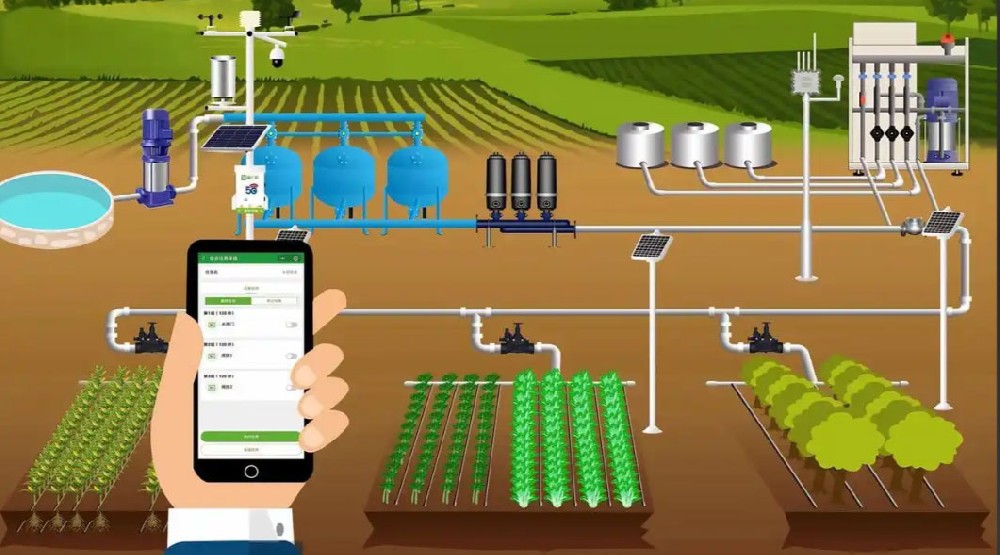
Increase water and fertilizer efficiency by 20-30%, avoid drought or waterlogging.
Automated control ensures balanced crop growth across the farm.
Control ventilation, shading, and irrigation based on temperature, humidity, light, and wind data.
Track soil moisture, tree growth, leaf temperature, and chlorophyll index in real-time.
Data visualization facilitates better decision-making for farm managers.
Automatically detects abnormal leaves and fruit conditions, sending timely treatment suggestions.
Improves pest control efficiency by 20-30%, reducing economic losses.
Manage multiple farm areas on the same platform with unified monitoring and optimization.
Cloud platform supports historical data comparison and aids long-term planning.
Automated irrigation and fertilization reduce labor costs by 20-40%.
Lower water and energy costs by 15%, ROI within 12-18 months.
Historical trend analysis optimizes irrigation, fertilization, and microclimate control strategies.
Provides customized fruit management reports for better fruit quality and yield.
Farm managers can remotely control the system via the app.
Simple monthly checks on sensors and valves ensure low maintenance costs.
Hebei Vineyard Smart Monitoring
- Area: 100 acres
- Products deployed: NBL-S-THR + Niubol Weather Station + NBL-Plant Sensor + Gateway + Cloud + Farm App
Before Installation:
- Uneven irrigation and large light intensity differences.
- Fruit cracking rate of about 12%.
After Installation:
- Automated control of irrigation, fertilization, and microclimate management.
- Water and fertilizer efficiency improved by 25%.
- Fruit uniformity increased by 15%.
- Early pest warning system increased treatment success by 30%.
Data Logic Diagram:
Soil/Weather/Plant Sensors → Niubol Gateway → Niubol Cloud → Farm App → Automated Irrigation/Fertilization/Microclimate Control
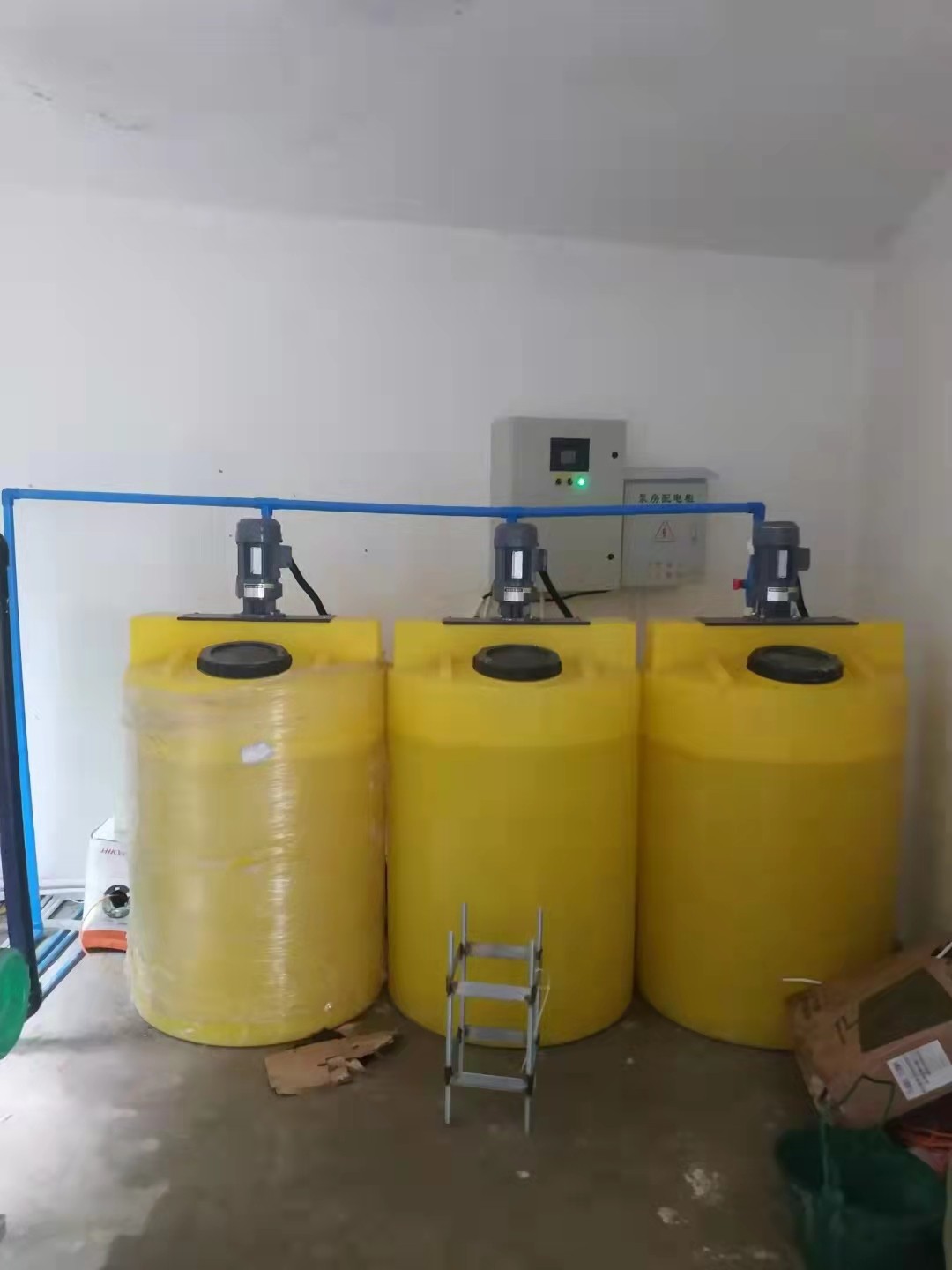
It is suitable for grapes, apples, pears, peaches, cherries, etc. Threshold values can be customized.
No major structural changes are needed, just placement of sensors, valves, and data collectors.
Soil and weather data is collected every 5-10 minutes, while plant growth indicators are updated every 10 minutes.
The system sends push notifications to the app and provides treatment solutions, allowing remote intervention.
Maintenance is simple, requiring monthly sensor checks and cleaning of light and soil sensors.
The typical ROI period is 12-18 months, depending on farm size and crop type.
Niubol provides full installation, commissioning, and training support.
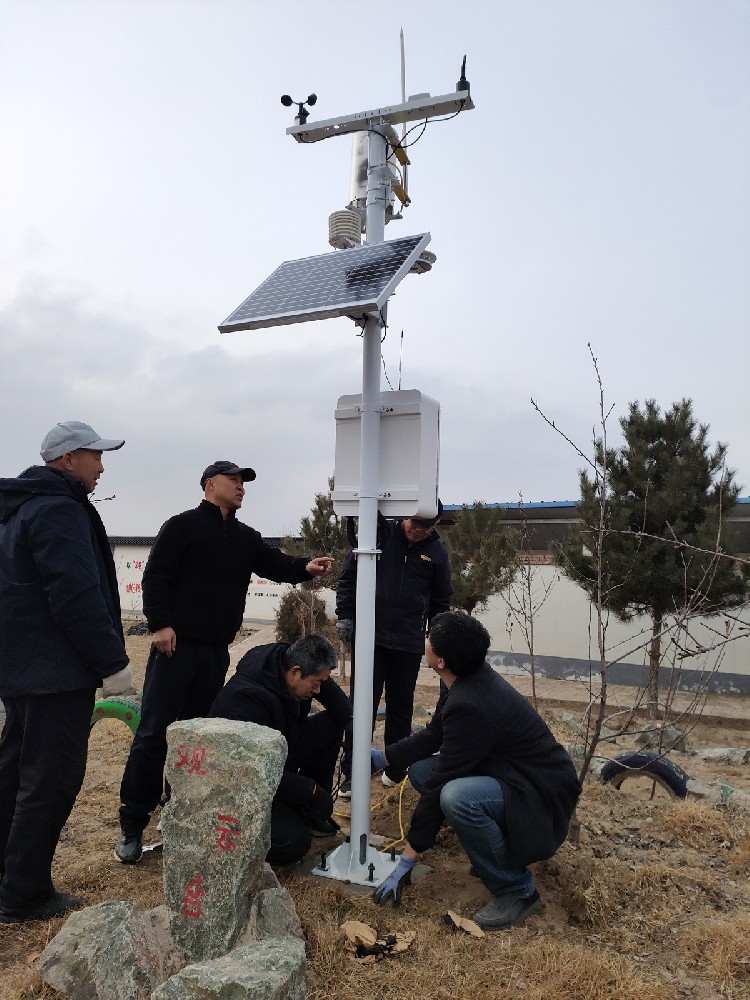
Contact Niubol to get the smart monitoring solution for vineyards and orchards, enabling precise irrigation, microclimate optimization, and improved fruit yield!
Prev:Smart Farm Management | IoT & Automated Farm Solutions with Niubol
Next:Fertilizer Optimization | Smart Nutrient Management with Niubol
Related recommendations
Sensors & Weather Stations Catalog
Agriculture Sensors and Weather Stations Catalog-NiuBoL.pdf
Weather Stations Catalog-NiuBoL.pdf
Related products
 Combined air temperature and relative humidity sensor
Combined air temperature and relative humidity sensor Soil Moisture Temperature sensor for irrigation
Soil Moisture Temperature sensor for irrigation Soil pH sensor RS485 soil Testing instrument soil ph meter for agriculture
Soil pH sensor RS485 soil Testing instrument soil ph meter for agriculture Wind Speed sensor Output Modbus/RS485/Analog/0-5V/4-20mA
Wind Speed sensor Output Modbus/RS485/Analog/0-5V/4-20mA Tipping bucket rain gauge for weather monitoring auto rainfall sensor RS485/Outdoor/stainless steel
Tipping bucket rain gauge for weather monitoring auto rainfall sensor RS485/Outdoor/stainless steel Pyranometer Solar Radiation Sensor 4-20mA/RS485
Pyranometer Solar Radiation Sensor 4-20mA/RS485
Screenshot, WhatsApp to identify the QR code
WhatsApp number:+8615367865107
(Click on WhatsApp to copy and add friends)
